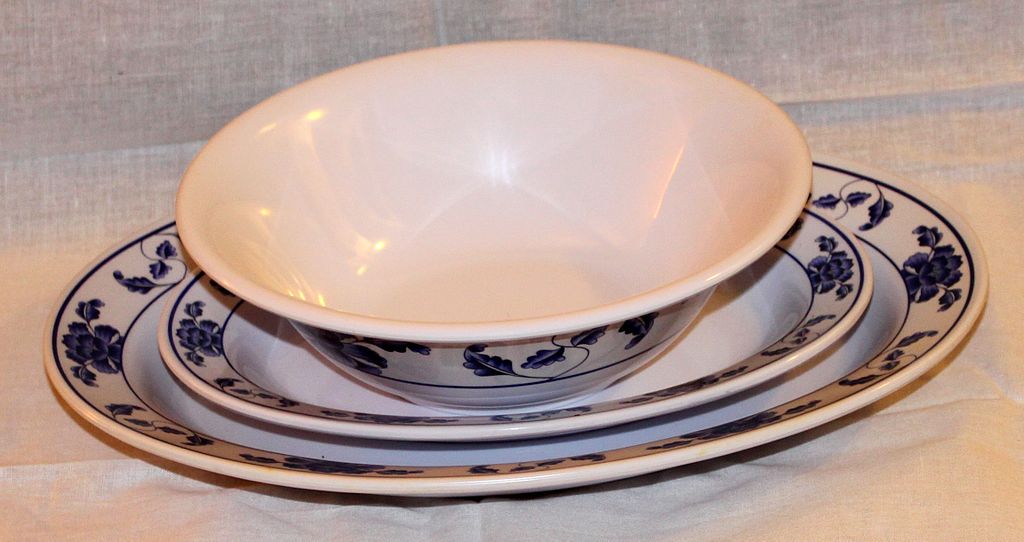Chemistry µIB:Empirical Formulae
10 quick questions
|
An IB Periodic Table is required Calculators should not be used for multiple choice questions! |
|||||
1. A sample of an oxide of sulfur was analysed and found to contain 1.6g of sulfur and 2.4g of oxygen. What is its empirical formula?
| |||||
2. Metal X forms an oxide which contains 32% by mass of oxygen. Metal X has a relative atomic mass of 51. What is the empirical formula of the oxide?
|
|||||
3. What is the empirical formula of a compound containing 79.9% by mass of carbon and 20.1% by mass of hydrogen?
| |||||
| 4. Melamine has an empirical formula of CH2N2 and its molecular mass is 126 g mol-1. What is the molecular formula of melamine? |  Dwight Burdette CC-BY-SA 3.0 |
||||
| |||||
5. 5.0g of an oxide of chromium was formed from 2.6g of chromium. What is the empirical formula of this oxide?
| |||||
6. Which of the following compounds has/have the empirical formula CH2O?
|
|||||
| |||||
7. 4.80g of element Y combines with exactly 1.60g of oxygen to form a compound of formula Y2O. What is the relative atomic mass of Y?
| |||||
8. How many moles of water of crystallization are combined with each mole of calcium sulfate if 2.72g of anhydrous calcium sulfate (Mr = 136g mol-1) is formed when 3.44g of hydrated calcium sulfate is heated to constant mass?
| |||||
9. What is the empirical formula of a hydrocarbon which produced 4.40g of carbon dioxide and 2.70g of water on complete combustion?
| |||||
| 10. Which of the following compounds, used in the production of fertilizers, has the highest percentage by mass of nitrogen? |  Cjp24 CC-BY-SA 4.0 |
||||
|
|||||